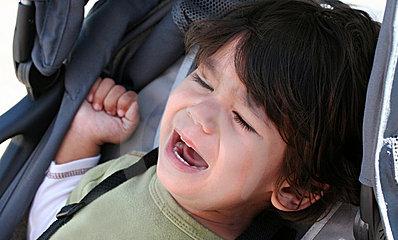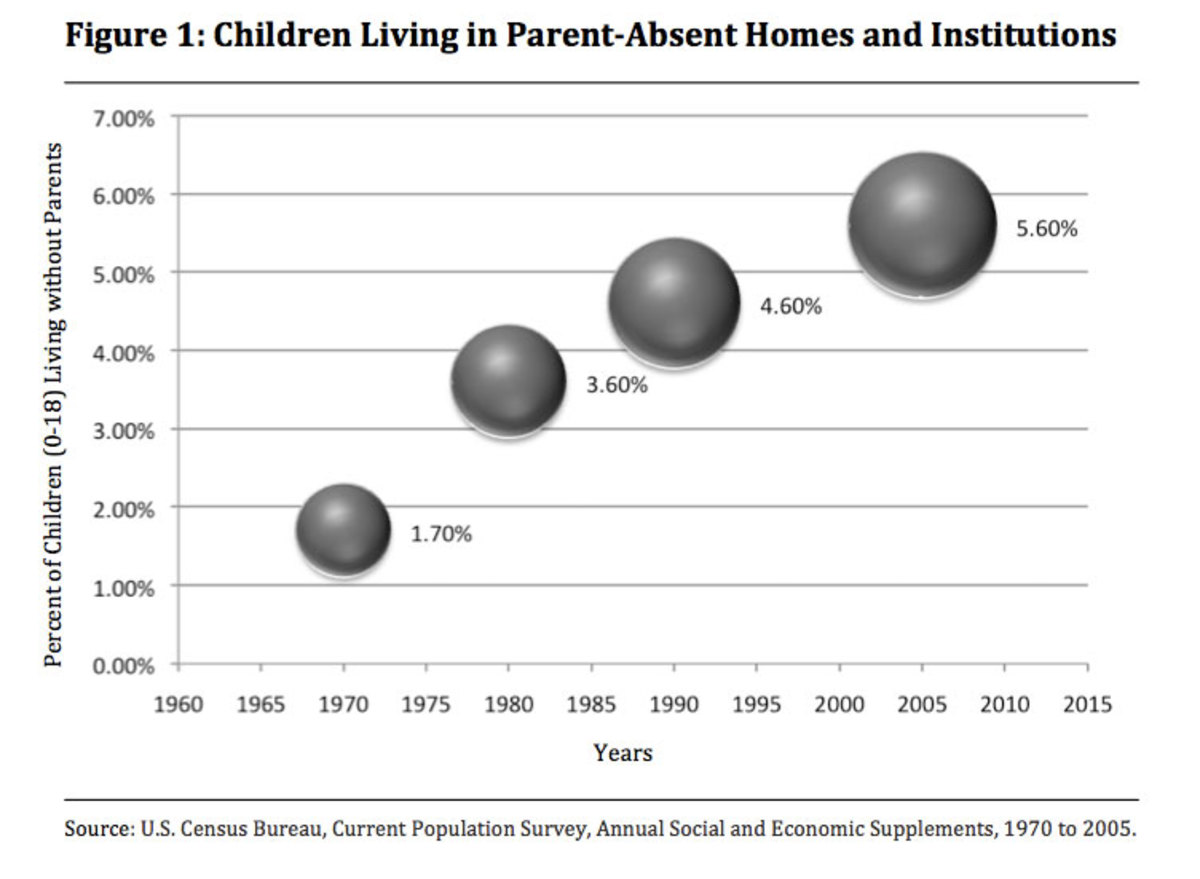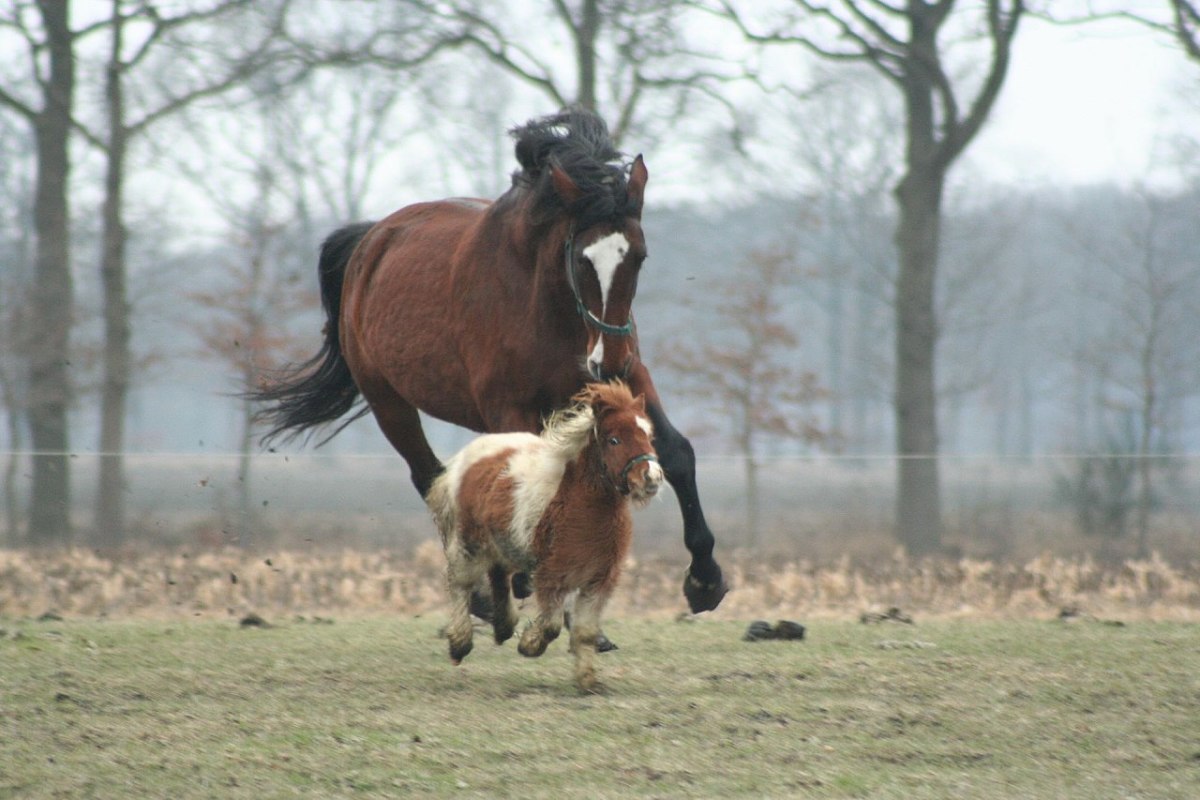How to Deal With Toddler Tantrums the Right Way

Setting the Scene
We've all been there, either playing the role of the frustrated parent, constantly trying to keep your child under control or as a bystander having to endure someone else's kid throw a fit in public. It's enough to test anyone's limits! Imagine being at the mall and seeing a 3 year old pacing in the middle of the aisle doing that fake crying thing... "EHHHHHHHH!!!!!! shlllp...shlllp... EH EH EHHHHHHHH!!!!" Nails on a chalkboard, I'm telling you. You look at the kid thinking "SHUT UPPPP!" and then look at the parent thinking "Well, what are you waiting for? Do something!". Meanwhile the parent is grasping at straws:
"Come on honey, let's go to the lego store. You like lego don't you? Mommy likes lego. Let's go have a look at the dragon and then we can get some ice cream ok? Come on hun, let's go look at the lego dragon and eat ice cream. If you don't hurry, all the ice cream will be gone. Come on... and after mommy will let you ride the choo choo. Doesn't that sound like fun?"
...and so on and so forth. This poor woman's futile efforts, coupled with the collective irritation of dozens of people who just want to shop in peace is an unfortunate result of her earlier lapse in judgement when she got her son the pink lolly pop instead of the blue one. What a pain in the ass. On a more serious note however, her response to the tantrum, good intentions aside, will cause lasting damage through positive reinforcement, leading to behaviour problems for years to come. It's important to recognize the mistakes that so many parents make when dealing with children in order to avoid the more serious issues that inevitably arise later on. It's not easy to recognize what you're doing wrong either because adults are used to dealing with other rational adults, not irrational children. You may think you would never talk to an adult the way you'd talk to a child, which may be technically true but you're still trying to reason and negotiate with them, which you cannot do because they're not interested in negotiation. They have an entirely different motivation that most adult brains can't wrap their heads around. Let's try to understand that first.

What's That Kid's Problem?
Young children have a limited view of the universe. The scope of their existence is extremely small. They have no appreciation for other people's problems. They have little to no capacity for emotional reciprocity or seeing things from other peoples' perspectives. This is something they gain through experience and observation. They are generally selfish and have low attention spans, clinging to each fleeting interest or novelty like it's life or death before abandoning it altogether for something else an hour later. They don't weigh consequences the way we do, nor do they internalize what it is they're even upset about. So what's their problem anyway?
The problem with kids is that they are in a state of rapid developmental flux. Their brains are still growing, trying to make sense of many things around them but, at least for a little while, they can't so their attention drifts chaotically from one thing to another and in their frustration at not being able to make sense of their emotions, urges or what's going on around them, they act out in petulance until the world stops reeling around them and everyone fixates on them. "Stuff around me doesn't make sense! I don't like it! Stop what you're doing right now and make the bad go away! Must feel better right now now NOW NOW!". This pattern will repeat itself every time a child becomes overwhelmed with too much sensory input. It could be triggered by literally anything but there's no reason to believe that the solution to the ouburst lies in the trigger itself. What you have to realize is that you're not treating a symptom of lego withdrawal. You're treating a symptom of an immature learning computer.
What type of parent are you?
Mistake Number 1
The most common thing you see when I kid starts to throw a fit, is the parents suddenly diverting their attention to their child and attempting to soothe the child and diffuse the situation with patient communication, rewards and distractions. The problem with communication is that the child is throwing a tantrum and isn't receptive to your communication attempts. Furthermore, once he realizes he's got your attention, the first lesson he learns is that he can further maintain it by continuing to do whatever it is he's doing. That's why kids do the fake crying thing that never stops. They just keep going and going and you can tell they're not actually crying but just making noise for the sake of keeping themselves at the center of attention. The more you feed into that, the more you reinforce the feedback loop that crying = attention and attention is what they want because otherwise they feel unable to cope with the big world around them.
Another part of the feedback loop is trying to offer rewards (ice cream for example) that might make them stop. It may very well work but again, you're empowering the child, who now has you on a leash. You'd feed a dog a treat to teach it to sit. Now your kid is feeding you the treat by behaving himself in exchange for attention and pampering, even though you naively see it the other way around. If this cycle becomes habitual it will become stronger (positive reinforcement) and the child's developing brain will eventually solidify this pattern into a belief about how the world works. That's because young brains have a lot of what's called neuroplasticity. They are able to form many new connections and the ones they have are very weak and can be easily changed. A 30 yr old adult has strong neural connections that have been reinforced over and over again throughout the years and it takes tremendous effort to change a way of thinking because of an adult's reduced neuroplasticity. It's very important to encourage good habits when children are young so they don't instill bad habits that would perpetuate into adulthood.
Mistake Number 2
An equally common reaction to a temper tantrum is some sort of scolding from the parent. The kid throws a fit, seeking attention and reassurance: "Make me feel better now!". The parent scolds the child. "Stop it right now! You behave yourself or we're going home and you won't get any treats tonight". The child becomes increasingly alarmed. "What's going on? I don't like it! This isn't working! Why aren't you making me feel better? Make me feel better!". The one person he thought he could depend on to help him cope has now become part of the problem. The parent has alienated herself from the child and created a gulf, leaving the child to sort out his own issues, ill equipped to do so. This sort of outcome is never a good one. The child usually continues to misbehave until he is punished, leaving some sort of lasting memory or trauma behind. The next time, the child may be more reluctant to throw a fit but instead seek another outlet for his frustration, like mangling a stuffed animal or hitting his sister. You don't want to make the "safety net" for a child, a symbol of terror because he'll redirect his negative energy elsewhere or keep it to himself, which could be dangerous to him or to others.

So What Am I Supposed to Do Then?
Let's start with the obvious and work back from there. First, you can't just let your kid throw a fit in public. It's inconsiderate to others. Second, you need to address the child's need to center himself without violence and without falling victim to the reward system. To address the first issue, you'll have to remove your child from his audience. This has the added benefit of reducing the "noise" in the environment and helping the child focus on one thing at a time. Pick him up silently, not gruffly or hurriedly but with purpose. Leave the public area and settle on a place where there's something mildly interesting to do. In the car is an example. An empty part of a park or trail might be another. The idea is to be courteous to others, remove noise from your child's field of view and bring the energy level down passively by changing the environment.
The next thing you want to do is start occupying yourself with something at least mildly interesting. I should add that at no point have you directly engaged your child, shown anger, offered rewards or communicated in any way. All you've done is physically relocated him and started to work on something, keeping a neutral or "inquisitive" expression all the while. Put yourself in a child's shoes for a change and imagine you're interested in the radio in your car or the veins going through some leaf you found on the ground. You'll want to play around with whatever it is you've shifted your attention to and make your curiosity visible to your child... passively. Try to sell whatever it is you're doing as a curiosity or something fun, without actually saying so.
What you're doing here is two-fold. First, you're showing your child that whatever it is he's doing is totally worthless and isn't worth continuing. In other words, this crying is getting me absolutely nowhere and I'm getting tired of keeping it up. Eventually he will give up just because he's boring himself out and the new environment isn't providing the sort of intense sensory bombardment to keep him agitated. The second thing you're doing is making him forget that he's even upset about anything because now his attention is shifting to what you're doing. "Hey, what's mommy looking at? I don't get it. What's she got there? I want to see too! Hey mommy, show me that thing you got!". You're trying to redirect your child's focus towards something that requires thought and not emotion. Once you see that your child has successfully engaged in what you're doing and seems to be in a more positive mood, you can carefully start becoming more verbal. Maybe start by talking to yourself: "Hmm isn't that interesting... I can see red spots on this leaf." After your child starts looking for the spots, you might say, "This leaf has little green veins in it too. Wow, just like your skin.", and point to his hand so he looks. You can continue this chit chat for a bit and then segue into something more mutually enjoyable but again it's not offering a treat. "I feel like some ice cream. How about you?" Now it's an activity.
Congratulations. You've just diffused a temper tantrum without creating any behavioural dysfunction in your child. You will have varied success with this or any other method but keep at it and you'll have markedly better results that you'll see in the coming years.









